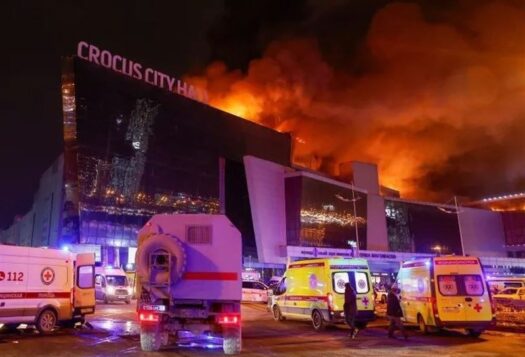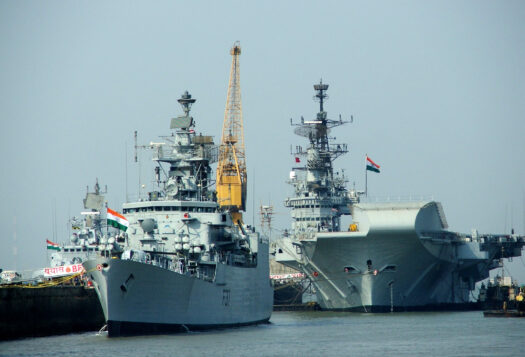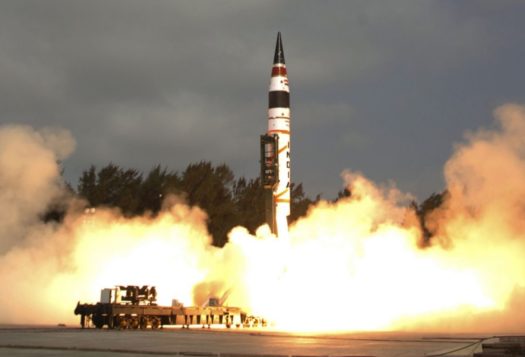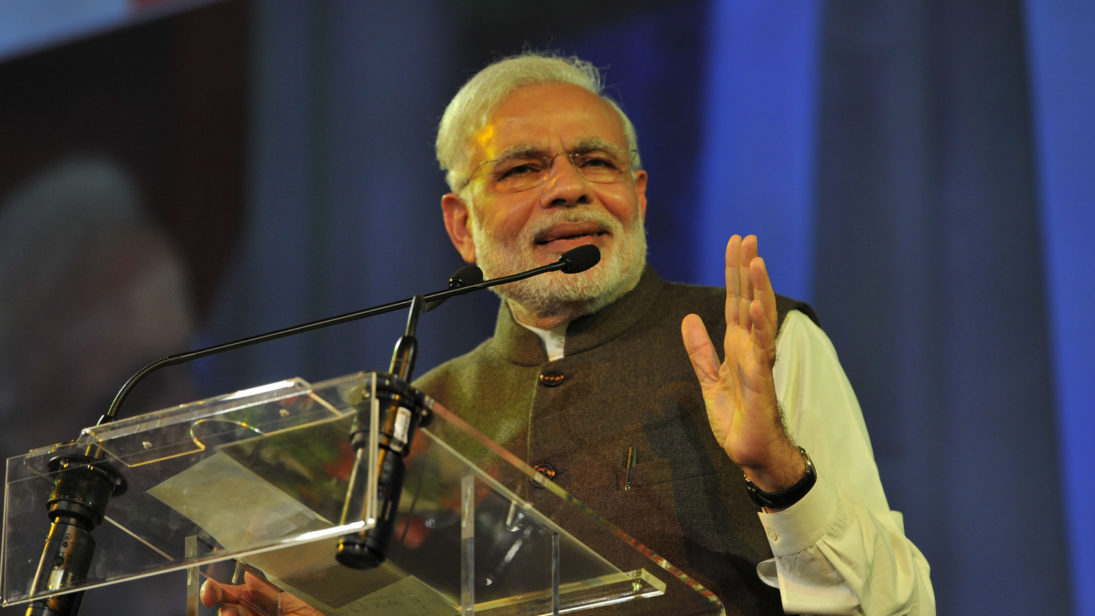
During the 1990s, eminent strategic analysts such as George K. Tanham and K. Subramanyam argued that, particularly due to its aversion to power, India lacked a grand strategy. Grand strategy here refers to a nation’s strategy of deploying its political, economic, diplomatic, and military tools to accomplish its national interest. The recent Uri attack has once again raised the question: does India have a grand strategy?
At present, the essence of India’s grand strategy is to augment its national security by curtailing security competition. The underlying objectives of India’s grand strategy are essentially to establish itself as an important player internationally and to pursue sustained economic growth. Under the leadership of Prime Minister Narendra Modi, the vision of India’s grand strategy has transcended into a concrete operating model. First, there has been a visible shift in India’s national strategy from a traditional reliance on the policy of non-alignment to one of pro-active engagement with the outside world. And second, India under Modi seems to be utilizing hard power to get desired outcomes.
Political Engagement as Grand Strategy
Prime Minister Modi has emphasized forging diplomatic and political relations with neighboring countries in South Asia as well as shoring up ties with major powers such as the United States, China, and Russia. During his tenure, Modi has carefully crafted India’s national strategy through the tactic of neighborhood diplomacy. It began in 2014 when Modi invited the leaders of all the South Asian Association for Regional Cooperation (SAARC) nations to his oath-taking ceremony. Modi’s decision to go to Bhutan for his first foreign visit after assuming office was also an indication of the importance of regional ties for India.
The Prime Minister has also made a concerted effort to strengthen ties with major powers outside of its own neighborhood. The historic invitation extended to President Barack Obama to attend the 66th Indian Republic Day celebrations as the guest of honor served to challenge China’s growing bonhomie with Pakistan by projecting an interest in shoring up ties with the United States – in other words, playing the balance of power card. Modi has also advanced India’s Act East policy, thereby bolstering diplomatic relations with Japan, Vietnam and Australia in order to counter China’s rising influence in Southeast Asia. Of late, India has made its presence felt globally through proactive participation in multilateral platforms and groupings such as the Brazil Russia India China South Africa (BRICS) summit, Group of 20, SAARC, Association of South East Asian Nations (ASEAN), Asian Infrastructure Investment Bank (AIIB), United Nations General Assembly (UNGA), and the India Brazil South Africa (IBSA) forum.
Having embarked upon 54 foreign trips as of October 2016, Modi has been criticized by the opposition parties, the public, and the media for undertaking numerous overseas trips during his two-year tenure in office. However, these critics have been silenced by the support that India earned from regional and international actors after the Uri attack.
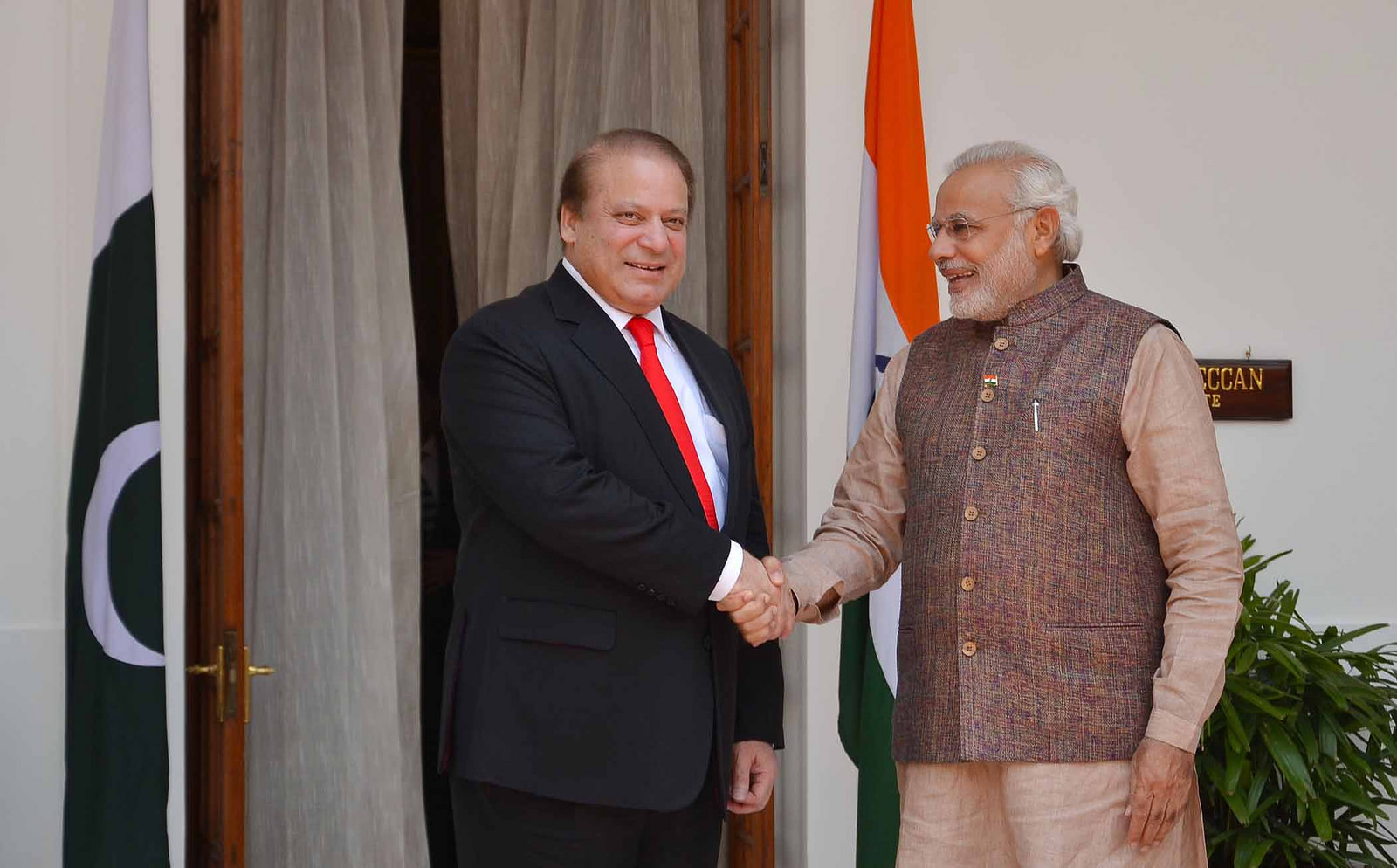
Hard Power
In the past, India shied away from taking a decisive stand against its adversaries for a number of reasons. First, the Indian desire to isolate Pakistan seemed unrealistic, as Pakistan had much closer ties with major international actors such as the United States and China. Also, previous Indian governments did not invest as much in fostering strong strategic and economic ties with their South Asian neighbors. Second, given the longstanding and deep strategic relationship between Beijing and Islamabad, China has traditionally restricted a coherent response vis-a-vis Pakistan.
The assertive Indian response to the Uri attack demonstrates that Modi’s foreign policy has significantly diverged from his predecessors. Modi’s strategy is rooted in the Doval Doctrine which canvasses the use of an offensive-defensive approach. In line with this approach, India adopted several lines of attack to counter and diplomatically isolate Pakistan following the Uri attack, namely conducting surgical strikes on terror launch pads across the Line of Control, pulling out of the 19th SAARC Summit to be held in Islamabad, playing the Indus Waters Treaty card, referring to Pakistan as the “Ivy League of terrorism” at the United Nations, announcing its intention to reconsider Pakistan’s Most Favored Nation status, and the proposal to carry out a towering naval exercise in the Arabian Sea, which is Pakistan’s only sea-based trade route.
Such activities are a clear demonstration of India’s hard power – a paradigm shift from the previous Indian foreign policy stance. China and Pakistan have remained India’s key adversaries, with Pakistan continuously being used by China as a bargaining chip against India. However, the way in which these adversaries have been dealt with has transformed under Modi’s leadership. There’s the sense that weak responses in the past led to recurrent attacks such as the Parliament attack in 2001, the Mumbai attacks in 2008, the Pathankot attack in January 2016, and most recently, the Uri attack in September 2016.
Conclusion
Preserving the country’s national security at the moment necessitates some amount of muscle-flexing. It is here that the Modi government has clearly differed from its predecessors. Although Indian grand strategy is yet to be fully articulated, this recent projection of an assertive attitude is largely an attempt to restore India’s credibility in the region and on the international stage. It is an indicator to neighbors China and Pakistan that India is prepared for any contingency.
***
Image 1: MEA Photo Gallery, Flickr
Image 2: MEA Photo Gallery, Flickr
